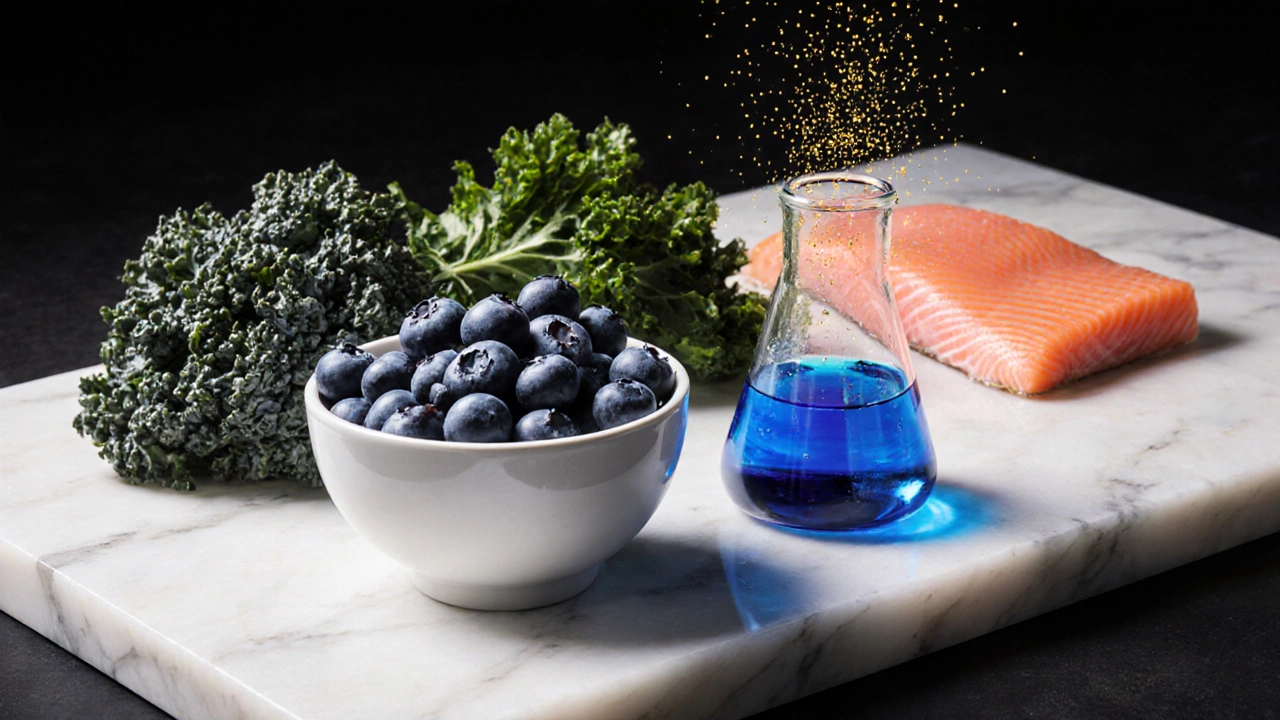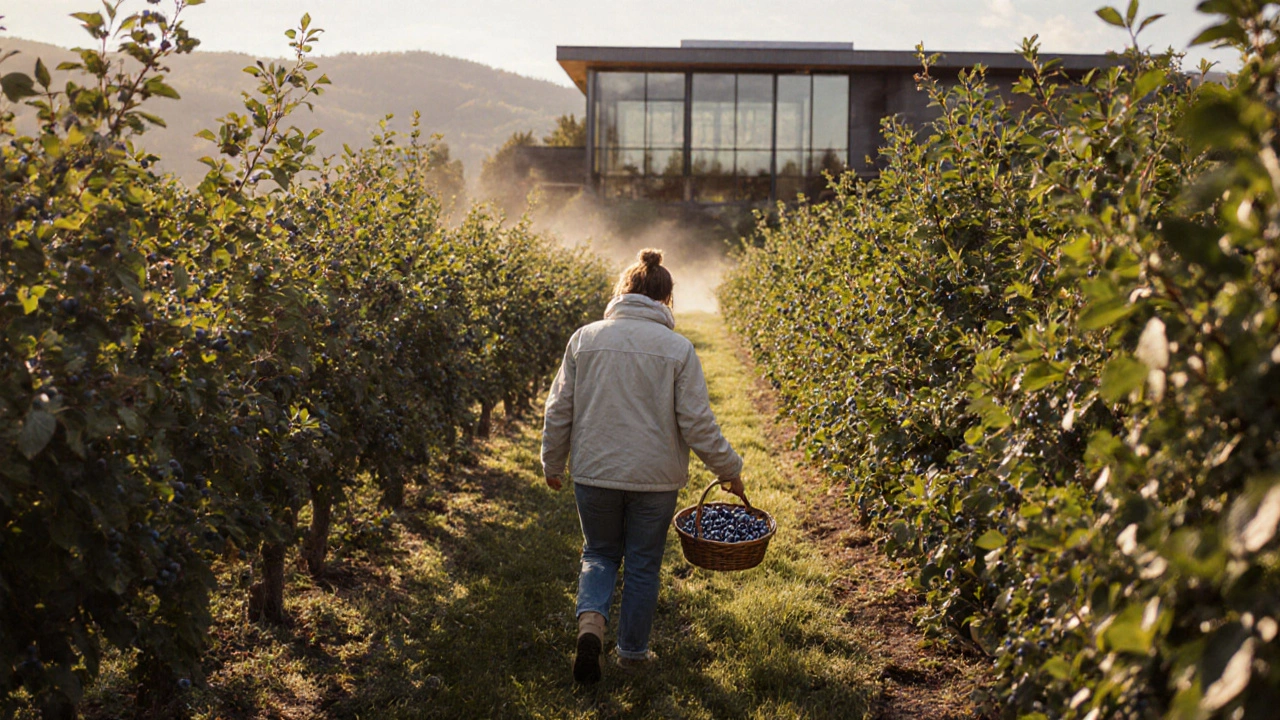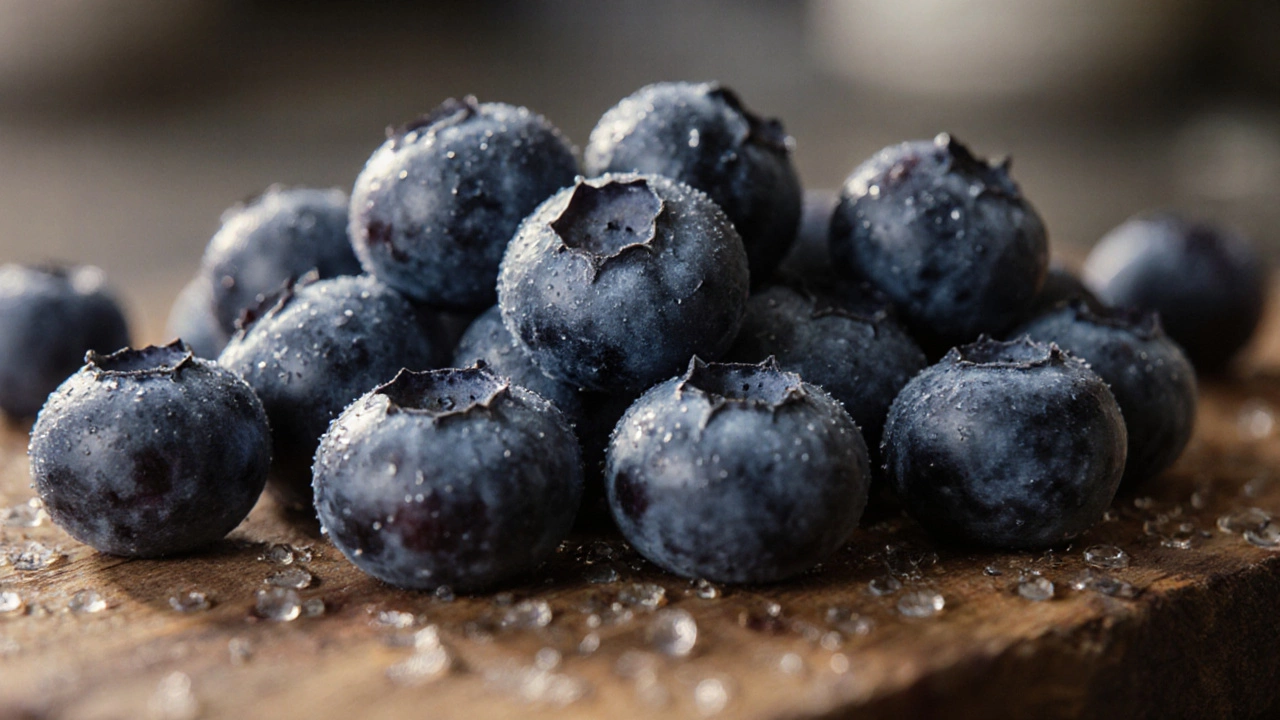Blueberry Nutrient Calculator
Calculate Your Blueberry Benefits
Ever wonder what the single healthiest food on the planet is? The answer isn’t a fancy supplement or an exotic exotic fruit you’ve never heard of - it’s a humble, bite‑sized berry that you can grab at almost any grocery store. In this guide we’ll explain why that berry tops the list, back it up with scientific data, compare it to other nutrient powerhouses, and show you how to make the most of it - even if you’re planning a food‑focused medical tourism trip.
What Makes a Food "Healthiest"?
Before we name the champion, let’s clarify the criteria. Researchers use a Nutrient Density index that scores foods based on the amount of vitamins, minerals, fiber, and phytonutrients per calorie. A high score means you get more health‑boosting compounds without overloading on calories. Other factors include antioxidant capacity, anti‑inflammatory properties, and evidence linking the food to reduced disease risk.
Introducing the Contender: Blueberries
When you think of the top super‑food, Blueberries are small, blue‑purple berries loaded with antioxidants, vitamins, and fiber immediately come to mind. A 2023 review in the journal *Nutrients* ranked blueberries as the food with the highest overall nutrient density score among fruits and vegetables.
Key attributes that set blueberries apart:
- Antioxidants protect cells from oxidative stress, especially a group called anthocyanins that give the fruit its deep color.
- Rich source of Fiber supports gut health and blood‑sugar control - about 3.6 g per cup.
- Provides Vitamin C essential for immune function and collagen synthesis, delivering roughly 24 % of the daily value in a single serving.
- Low in calories - just 84 kcal per cup - making it easy to add to any diet.
Clinical trials have linked regular blueberry consumption to improved memory, lower blood pressure, and reduced risk of heart disease. A 2022 randomized study showed that participants eating ½ cup of frozen blueberries daily for 12 weeks lowered LDL cholesterol by 7 % compared to a control group.
How Blueberries Compare to Other Top Foods
| Food | Key Antioxidants | Fiber (g/serving) | Vitamin C (%DV) | Calories (per serving) |
|---|---|---|---|---|
| Blueberries | Anthocyanins | 3.6 | 24 | 84 |
| Kale | Flavonoids, Carotenoids | 2.6 | 134 | 33 |
| Salmon (wild) | Astaxanthin | 0 | 0 | 206 |
While kale packs more Vitamin C and salmon brings omega‑3 fatty acids into the mix, blueberries score highest overall when you balance antioxidants, fiber, and calorie efficiency. That balance is why many nutritionists crown them the number one healthiest food.

Why Medical Tourism and Food Talk Go Hand‑In‑Hand
If you’re already planning a medical tourism trip - say for a cardiac check‑up in a European clinic - you can boost your recovery by incorporating local blueberry farms into your itinerary. Regions like the Pacific Northwest (USA) and the Czech Republic are famed for organic blueberry orchards that offer tours, fresh‑pick experiences, and even on‑site culinary workshops. Eating locally sourced blueberries during your stay ensures you get the freshest, most potent antioxidants, which can aid healing and reduce post‑procedure inflammation.
Practical Ways to Add More Blueberries to Your Diet
Here are ten easy, evidence‑backed ideas:
- Blend a half‑cup into your morning smoothie with Greek yogurt and spinach.
- Top oatmeal or overnight oats with fresh or frozen berries.
- Mix into whole‑grain pancake batter for a sweet‑tangy twist.
- Stir into a quinoa salad with almonds, feta, and a lemon‑olive‑oil dressing.
- Use as a natural sweetener for homemade yogurt parfaits.
- Freeze individually and add to iced tea for a burst of flavor without added sugar.
- Make a quick compote by simmering blueberries with a splash of water and a pinch of cinnamon - perfect over grilled chicken.
- Incorporate into desserts like low‑fat cheesecake or chia seed pudding.
- Snack on dried, unsweetened blueberries for a portable option (watch portion size, as drying concentrates sugars).
- Enjoy a handful as a post‑workout snack to replenish glycogen and antioxidants.
Remember, the goal is consistency. Research shows that eating at least three servings of berries per week yields measurable health benefits.

Common Pitfalls and How to Avoid Them
Even the healthiest food can become a problem if you’re not careful:
- Added sugars: Canned or sweetened blueberry products can offset the benefits. Always choose fresh, frozen without added syrup.
- Pesticide residues: Opt for organic berries when possible, especially if you consume them daily.
- Portion size: While low in calories, over‑eating can add up. Stick to about one cup per day.
- Allergies: Rare, but some people react to berries. Start with a small amount if you’ve never tried them before.
Bottom Line: Make Blueberries Your Go‑To Superfood
Putting it all together, blueberries check every box on the nutrient‑density checklist, have solid clinical backing, are easy to incorporate, and even fit nicely into a medical‑tourism itinerary. Whether you’re seeking to boost brain health, support heart function, or simply add a tasty antioxidant punch to your meals, they deserve the title of the number one healthiest food in the world.
Are frozen blueberries as healthy as fresh?
Yes. Freezing preserves most of the antioxidants and vitamins. Just ensure there’s no added sugar or syrup.
How many blueberries should I eat daily?
One cup (about 150 g) is a good target. It provides a solid dose of antioxidants without excess calories.
Can blueberries help with weight loss?
Their fiber helps you feel full, and the low calorie count makes them a smart snack for a calorie‑controlled diet.
Do blueberries interact with medications?
Generally no, but very high intakes could affect blood‑thinning meds like warfarin. Talk to your doctor if you’re on such drugs.
Where can I find blueberry‑focused tours during medical travel?
Regions known for organic blueberry farms include the U.S. Pacific Northwest, Canada’s British Columbia, and the Czech Republic’s Moravian region. Many wellness retreats in these areas offer farm tours and fresh‑cook workshops.
